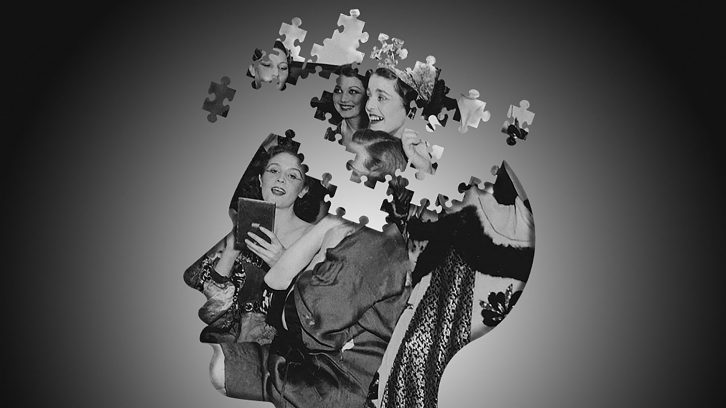When David Hayes was 10 or 11 years old he saw light coming from an unexpected room in his parents’ home. This was unusual—it was 6 a.m.; he was up to do his paper route.
At the time, his middle sister was sick with ulcerative colitis, a troublesome lower intestinal disease. He walked along the hallway to the bedroom where his sister was staying. He saw her bed; she wasn’t in it. The sheets were covered in blood.
His mother told him not to worry, to go do his paper route, Salli would be fine. As he rode away on his bicycle, an ambulance drove down the street, toward his family’s home.
Hayes has made his living with words for more than 30 years, writing nonfiction books and longform narrative journalism for publications including Toronto Life, the Walrus and Chatelaine. And that childhood memory shaped the way he thinks about his work.
Why?
Because, he says, “nothing like that ever happened.”
Narrative journalists are artists of time, recreating scenes that may have happened years ago. They spend hours, weeks and months with the people they write about, asking big questions and many little ones: what did that feel like? what colour was the car? who arrived next?
Memory is essential to narrative journalists, but the memories they work with are malleable and fallible. Studies show that memory is inconsistent, and even life’s most dramatic moments—a sister gone, blood, an ambulance—can be false, or fade and alter as time passes. Hayes recognizes that his was a false memory.
How, then, can narrative journalists build true stories from memories that unintentionally deceive?
Isabel Ruitenbeek is a freelancer and soon-to-be graduate in journalism and international development studies from the University of King’s College. Find her on Twitter @izzy_ruitenbeek.

